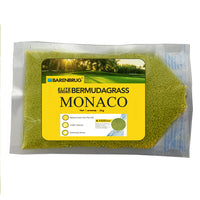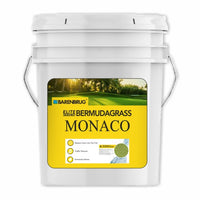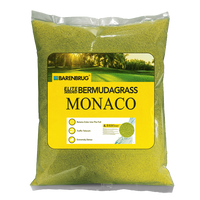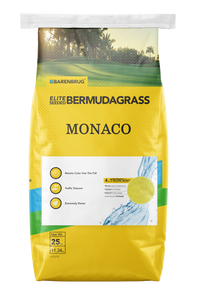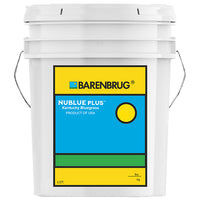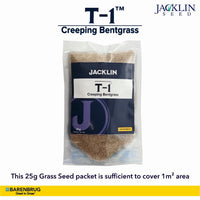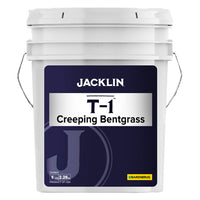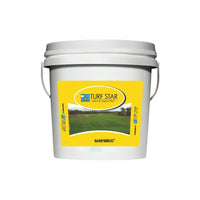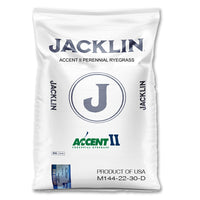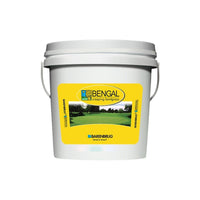A lush green lawn is often a hallmark of a well-maintained home, but many homeowners struggle to keep their yards in good shape during winter. Winter presents unique challenges for maintaining a healthy lawn. Harsh weather conditions, frost, cold temperatures, and reduced sunlight can cause significant damage to your lawn. However, with proper care, your lawn can remain resilient throughout the season. Let’s dive into proven strategies for lawn care and maintenance in the winter season to help your grass survive and thrive.
Understanding Your Lawn’s Needs
Your lawn’s requirements depend largely on the type of grass and the climate in your region. Cool-season grasses such as Ryegrass and Fescue tend to grow well in cooler months, while warm-season grasses like Bermuda may go dormant.
Signs of stress in your lawn include discoloration, thinning patches, and a brittle texture. Addressing these early can prevent long-term damage.
Quick Tips:
- Identify your grass type to tailor care methods.
- Monitor weather conditions and adjust your approach accordingly.
Preparing Your Lawn for Winter
Preparation is key to maintaining a healthy lawn through winter. By taking proactive steps before the cold sets in, you can minimize damage and make spring recovery easier. Start by aerating the soil to improve airflow and nutrient absorption. Follow this with dethatching to remove dead grass and debris.
Steps to Prepare:
- Aerate: Use a spike or plug aerator for compacted areas.
- Fertilize: Apply a slow-release winter fertilizer high in potassium.
- Dethatch: Clear the lawn surface to promote healthy growth.
By taking these actions in late fall, you’ll give your grass a strong foundation for the months ahead.
Choosing the Right Grass for Winter
Choosing the right grass seed depends on several factors, such as your season, climate, soil type, lawn usage, and maintenance preferences. The type of grass in your lawn can significantly impact its winter performance. Cool-season grasses are naturally suited for colder weather, while warm-season varieties may require overseeding with winter-tolerant species.
Cool-season grasses: These grasses grow best in cooler temperatures, typically between 60-75°F (15-24°C). Examples include:
- Kentucky Bluegrass
- Turf Star
- Fescue: Known for its durability and cold resistance (Fine, Tall, or Hard Fescue)
- Ryegrass: Ideal for overseeding due to its quick germination (Perennial Ryegrass, Annual Ryegrass)
Warm-season grasses: These grasses thrive in hot, sunny conditions and grow best when temperatures are 80-95°F (27-35°C). Examples include:
Fertilizing in the Winter
Fertilization is essential for maintaining soil health during the colder months. Choose fertilizers rich in potassium to strengthen the grass’s root system. Avoid high nitrogen levels, as they can encourage growth that is vulnerable to frost damage.
Mowing Techniques During Winter
As growth slows down, you’ll need to adjust your mowing habits. Reduce the frequency of mowing and set your mower’s blade to a higher setting. This helps protect the grass from stress and cold damage. Deepankar Sharma
Key Practices:
- Keep grass blades at 2–3 inches for optimal insulation.
- Remove clippings to avoid matting and fungal growth.
Managing Snow on Your Lawn
Snow can act as a protective blanket for your lawn, but excessive weight or ice buildup can cause damage. Avoid walking on frozen grass, as this can lead to breakage. For snow removal, use lightweight tools to prevent tearing the turf.

Managing Frost on Your Lawn
Frost presents a different set of challenges. Grass blades become brittle during freezing temperatures and can snap under pressure. Limit foot traffic and avoid mowing on frosted grass, as this can tear the blades and cause long-term harm.
Watering Practices in Winter
Watering requirements decrease significantly in winter, but your lawn still needs occasional hydration. Water every 2–3 weeks if there’s no rainfall.
Dealing with Pests and Diseases
Winter can bring a new set of challenges with pests and diseases. Common issues include snow mold and burrowing pests. Use organic treatments and ensure proper drainage to minimize these risks.
Overseeding for a Lush Winter Lawn
Overseeding is a great way to maintain a lush lawn during winter. Spread cool-season grass seeds evenly over your existing turf to fill gaps and enhance resilience.
Managing Shade and Sunlight in Winter
Winter sunlight is limited, and shaded areas of your lawn may suffer as a result. Trim nearby trees and shrubs to maximize sunlight exposure for your grass.

Creating a Winter Lawn Care Schedule
Consistency is crucial for effective lawn care. Create a monthly schedule outlining tasks like fertilizing, watering, and inspecting for pests.
Benefits of Mulching in Winter
Mulching helps insulate your lawn and prevent moisture loss. Use organic materials like shredded leaves or straw to cover exposed areas.
Lawn Equipment Maintenance
Winter is the perfect time to service your lawn equipment. Clean and sharpen mower blades and store tools in a dry, secure location to prevent rust.
Sustainable Lawn Care Practices
Adopt eco-friendly practices such as composting yard waste and using organic fertilizers. This reduces environmental impact while maintaining lawn health.
Common Mistakes to Avoid in Winter Lawn Care
- Overwatering: Leads to fungal growth.
- Excess Fertilization: Encourages weak growth.
- Neglecting Aeration: Causes poor root development.
Post-Winter Recovery Tips for Your Lawn
With the departure of winter, the next focus is to prepare your lawn for spring growth. Start by assessing your lawn for damage. Look for affected areas by frost burn, fungi, snow mold, or thinning grass. Rake out dead grass and debris to improve airflow. Use warm-season grass seed for overseeding.
Conclusion
With the right approach, lawn care and maintenance in the winter season can ensure your grass remains healthy and vibrant. From preparation to sustainable practices, these strategies will help your lawn thrive despite the challenges of cold weather.
FAQs on Winter Lawn Care
1. How often should I water my lawn in winter?
Water every 2–3 weeks during dry periods when temperatures are above freezing.
2. Can I mow my lawn during the winter?
Yes, but mow less frequently and at a higher blade setting to avoid stressing the grass.
3. What is the best fertilizer for winter lawn care?
Use a slow-release fertilizer high in potassium to support root health.
4. How do I protect my lawn from snow mold?
Prevent snow mold by avoiding excessive nitrogen fertilization and raking leaves before snowfall.
5. Should I overseed my lawn in winter?
Overseeding with cool-season grasses is a great way to maintain a lush lawn during winter.
6. Can I walk on my lawn when it’s frozen?
Avoid walking on frozen grass to prevent breakage and compaction.








